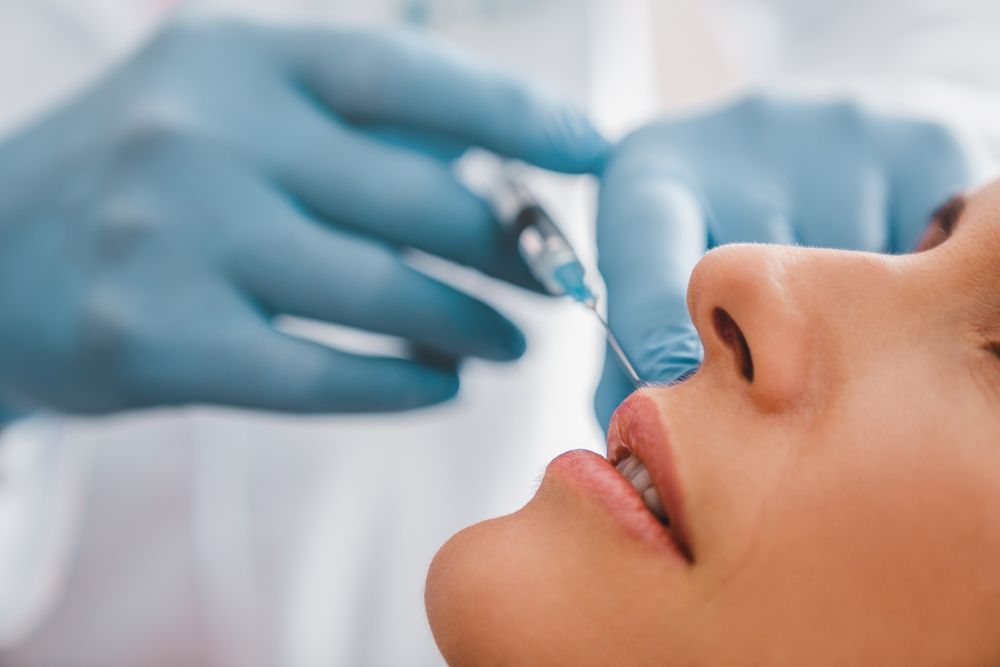Botox and dermal fillers have become two of the most popular non-surgical cosmetic treatments available today. Both can enhance facial appearance by reducing wrinkles and restoring youthful contours, but they serve different purposes and work through different mechanisms. Understanding the differences between Botox and fillers is essential for selecting the best option based on individual needs and aesthetic goals.
At North Charlotte Plastic & Reconstructive Surgery in Huntersville, NC, patients are guided through the process of choosing the treatment that aligns with their concerns. Whether seeking to smooth dynamic wrinkles or add volume to sunken areas, an informed decision leads to more satisfying, natural-looking results.
How Botox Works to Smooth Expression Lines
Botox, short for botulinum toxin, is an injectable treatment that temporarily relaxes targeted facial muscles. By preventing the muscle contractions that cause wrinkles, Botox effectively smooths dynamic lines such as crow’s feet, forehead creases, and frown lines between the eyebrows.
The procedure is quick, minimally invasive, and requires no downtime, making it a popular choice for patients looking for subtle rejuvenation. Results typically begin to appear within three to seven days after treatment and can last three to four months. Regular maintenance treatments are recommended to preserve the smooth, youthful appearance. Botox is ideal for patients whose primary concern is wrinkles caused by facial expressions rather than volume loss.
How Dermal Fillers Restore Volume and Enhance Contours
Dermal fillers are injectable substances designed to restore lost volume, soften static wrinkles, and enhance facial contours. Unlike Botox, which targets muscle activity, fillers work by physically filling in areas that have become hollow, thin, or lined over time. Common treatment areas include the cheeks, lips, nasolabial folds (smile lines), and under-eye hollows.
Most dermal fillers are made from hyaluronic acid, a naturally occurring substance in the body that attracts and retains moisture. Some fillers may use other biocompatible materials, depending on the desired longevity and effect. Results from fillers are usually visible immediately after the procedure and can last anywhere from six months to two years depending on the product used.
Key Differences Between Botox and Dermal Fillers
Choosing between Botox and dermal fillers depends on the type of aging concern a patient wants to address.
- Botox: Best for dynamic wrinkles caused by muscle movements, such as forehead lines, crow’s feet, and frown lines.
- Dermal Fillers: Best for static wrinkles and volume loss, such as hollow cheeks, thin lips, deep smile lines, and under-eye circles.
In many cases, a combination of both treatments can provide comprehensive facial rejuvenation. This approach addresses both wrinkles caused by expressions and areas needing volume restoration, leading to balanced, natural results. A skilled provider can recommend a customized treatment plan based on a detailed facial assessment.
Factors to Consider When Choosing Your Treatment
Several factors can influence the decision between Botox and fillers. Age, skin condition, aesthetic goals, budget, and tolerance for maintenance treatments all play a role. Botox tends to be slightly more affordable initially but requires more frequent upkeep. Fillers offer longer-lasting results but can have a higher upfront cost depending on the area treated.
It is also important to consider the desired outcome. Patients looking for subtle smoothing of fine lines may benefit most from Botox, while those seeking noticeable contouring or rejuvenation of sunken features may find fillers more effective. Consulting with an experienced professional ensures the chosen treatment matches both short-term wishes and long-term goals.
What to Expect During and After Treatment
Both Botox and dermal filler treatments are performed in-office and generally take less than an hour to complete. Before the procedure, a consultation and facial assessment help determine the appropriate product and injection sites. During the appointment, most patients experience minimal discomfort thanks to fine needles and optional numbing agents.
Post-procedure recovery is typically minimal. Some swelling, redness, or bruising may occur but usually resolves within a few days. Patients can usually return to normal activities immediately after Botox and within 24 hours after fillers, avoiding strenuous exercise or facial massages to allow the product to settle correctly. Following post-care instructions provided by the specialist ensures optimal results and reduces the risk of side effects.
Making the Right Choice with Professional Guidance
When considering facial rejuvenation options, it is important not to rush the decision or rely solely on marketing claims. Each patient’s facial anatomy, skin condition, and goals are unique, and choosing between Botox and fillers should involve a thorough consultation with a knowledgeable provider.
At North Charlotte Plastic & Reconstructive Surgery in Huntersville, NC, the focus is always on achieving results that enhance natural beauty and promote patient confidence. With expert guidance, patients can select the right solution for their needs and enjoy a refreshed, youthful look without surgery.
Resources
Carruthers, J. A., & Carruthers, J. D. (2010). Botulinum Toxins in Clinical Aesthetic Practice. Journal of Cosmetic Dermatology.
Lemperle, G., Holmes, R. E., Cohen, S. R., & Lemperle, S. M. (2011). A Classification of Facial Wrinkles. Plastic and Reconstructive Surgery.
Rzany, B., & DeLorenzi, C. (2015). Understanding, Avoiding, and Managing Dermal Filler Complications. Plastic and Reconstructive Surgery.



